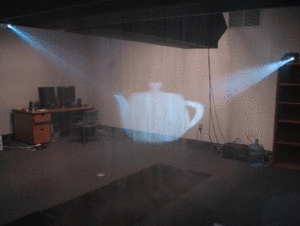They aren't the lost cities early explorers sought fruitlessly to discover.
But ancient settlements in the Amazon, now almost entirely obscured by tropical forest, were once large and complex enough to be considered "urban" as the term is commonly applied to both medieval European and ancient Greek communities.

|
| ©University of Florida
|
| Picture from a low-flying airplane as it passes over the current Kuikuro village, demonstrating the circular-plaza village structure that has historically been and remains a primary cultural trait of urban construction.
|
So says a paper set to appear August 28 in
Science co-authored by anthropologists from the University of Florida and Brazil, and a member of the Kuikuro, an indigenous Amazonian people who are the descendants of the settlements' original inhabitants.
"If we look at your average medieval town or your average Greek polis, most are about the scale of those we find in this part of the Amazon," said Mike Heckenberger, a UF professor of anthropology and the lead author of the paper. "Only the ones we find are much more complicated in terms of their planning."

